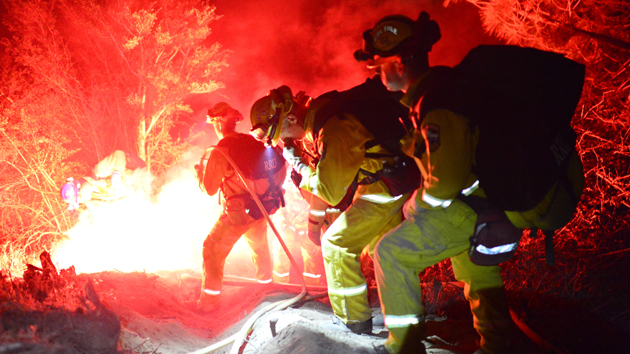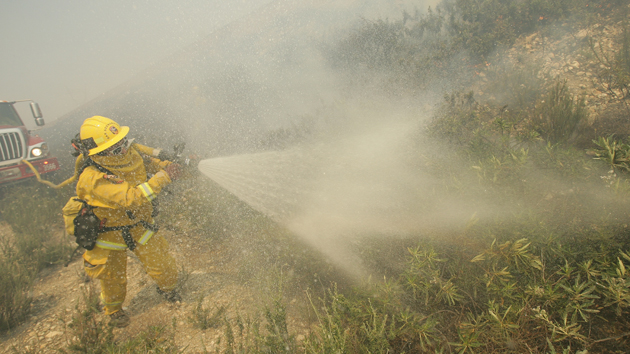Australian fire crews are battling some of the worst wildfires the state of South Australia has seen in decades. The South Australian Country Fire Service, the agency in charge of response, says 22 firefighters have been injured so far. The service says the conditions over the weekend are rivaled only by those experienced during the notorious “Ash Wednesday” fires of 1983, which killed 75 people.
The South Australian blazes, centered in the Adelaide Hills that surround the state capital, began last Friday. Since then, the fires have consumed more than 46 square miles, and destroyed or damaged 26 homes, according to the Australian Broadcasting Corporation. While residents have begun the tortuous process of picking through the rubble of burnt-out houses, the battle across southern Australia, including in the neighboring state of Victoria, is far from over. On Monday, roughly 700 firefighters took advantage of relatively cooler temperatures—they are currently battling fires into the night. But conditions are expected to worsen on Tuesday and Wednesday, with temperatures likely to soar above 100 degrees Fahrenheit.
The fires have reignited the country’s ongoing debate about how best to tackle climate change, which is helping fuel an ever-increasing number of wildfires, and lengthening Australia’s fire seasons. “Every year we are going to face these extreme weather events, which are going to cost lives and infrastructure, and enough is enough,” said Christine Milne, the leader of the country’s Greens party.
Here are some photos from this weekend:
This spectacular and frightening photo, taken by Ben Goode, and shared on his Facebook page, Earth Art Photography:
And finally, these firefighters have a pointed message for the Australian prime minister, Tony Abbott, who is known for scrapping the nation’s cap-and-trade program, and gutting various government agencies tasked with fighting climate change:
Firies would rather Abbott fight climate change….personally there are so many things I would rather he do #auspol pic.twitter.com/o2b70WbcfL
— Sally McManus (@sallymcmanus) January 5, 2015
















